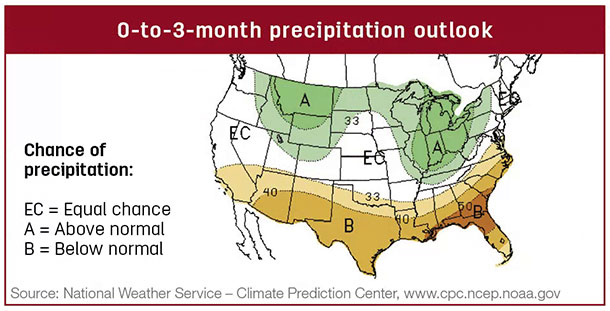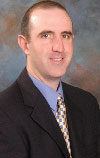Regardless of your breeding program, there are some guidelines and traits all producers should pay attention to. Whenever possible, purchase bulls that have been raised and developed in an environment like yours.
If bulls are purchased from a different environment, visit with your local veterinarian as well as the veterinarian from the herd of origin to discuss any health considerations that may be different between locations (e.g., anaplasmosis, internal parasites, etc.). Also allow bulls time to acclimate to the new environment before breeding starts.
Fertility, structure, disposition and calving ease are traits that should be important to all bull buyers.

If a bull is not fertile, or if he is sub-fertile, then growth, carcass and other traits don’t matter. Scrotal circumference is one indicator of a bull’s reproductive potential. A good guideline is: Scrotal circumference should be at least 32 centimeters at 1 year old for all bulls except Brahman.
Scrotal circumference is highly correlated to total sperm production. It is also correlated to sperm morphology, and the likelihood of a bull having satisfactory semen quality increases as scrotal circumference increases from 30 to 38 centimeters in yearling bulls.
Evaluate bulls to make sure they are structurally sound. If a bull is not sound, he likely will not hold up over the breeding season. Watching bulls walk is a good way to spot potential problems. If he looks odd or uncomfortable when walking, there is likely a problem.
Disposition has always been a convenience trait. Research now shows it also impacts animal performance.
Calving ease is critical when selecting bulls. However, the level of calving ease needed will depend on the age and type of females the bull will be bred to. Calves can be too big or too small at birth, so select bulls that will produce the right size calf for your operation.
Remember: A live calf on the ground is key to the profitability of a cow-calf operation. Before evaluating other traits, make sure to select bulls that are fertile, structurally sound and have the appropriate level of calving ease for your operation. ![]()

-
Jason Banta
- Associate Professor and Extension Beef Cattle Specialist
- Texas A&M University
- Email Jason Banta







